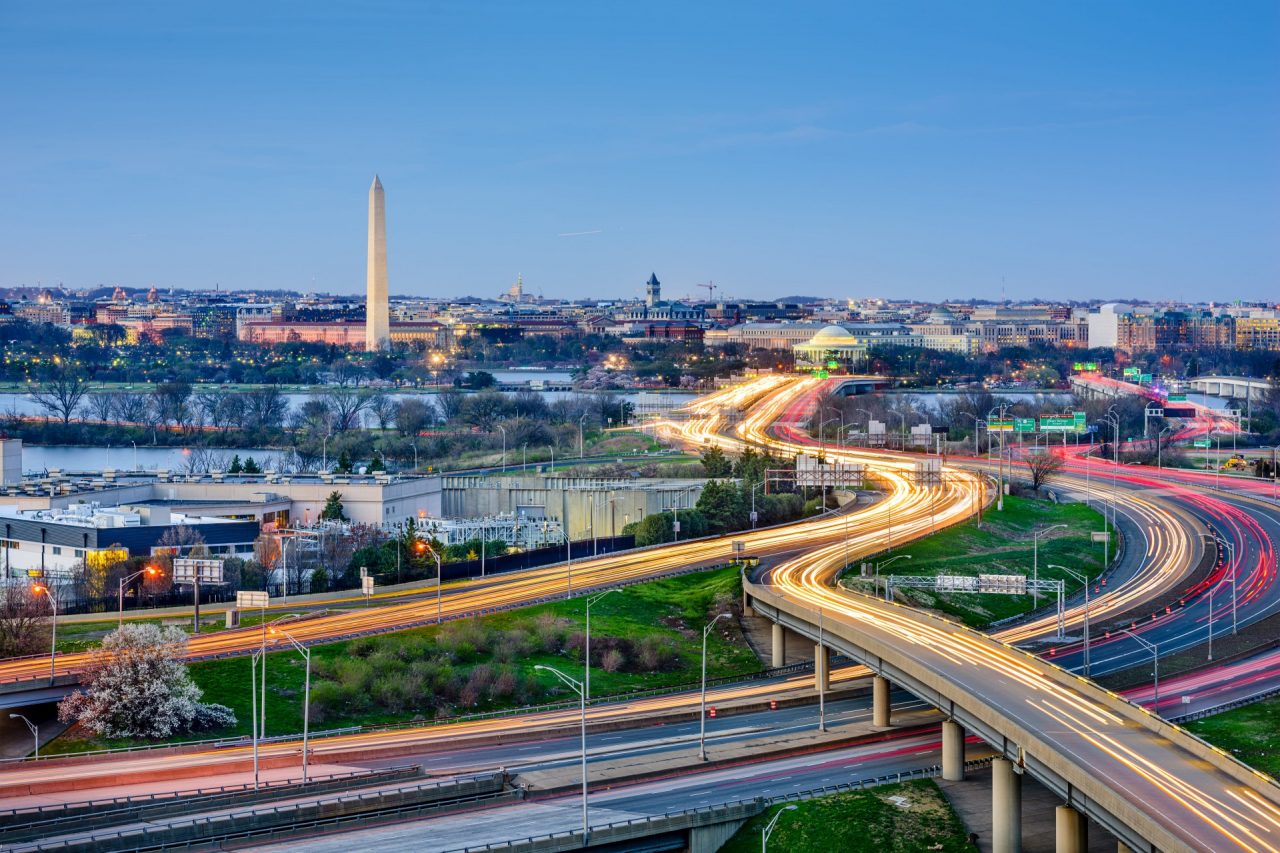There’s a single rail line, built in 1910, that’s a constant in the lives, work, habits, and commitments of some 260 million people. The Northeast Corridor runs in tunnels beneath the Hudson River, as well as along 12 moveable bridges, seven of which are 100 years old.
The corridor connects Boston, New York City and Washington, D.C. Annually, it carries nearly 300 million passengers through one of the most developed areas of the United States.
The Northeast Corridor is now undergoing one of the most ambitious infrastructure redevelopment programs in the U.S. “Connect NEC 2035” is a $117 billion plan (€103.4 billion) aimed at modernising the line and the many infrastructures that facilitate its passage, including bridges, viaducts, tunnels and city tunnels. The project involves the renovation of old bridges, the modernization of the line, the reconstruction of the historic stations that are located in the small towns as well as in the large cities involved in the work, allowing trains to run at greater speed.
As one of the most significant recent projects in the U.S., it has faced setbacks due to Covid-19, but has recently come back to the forefront given its urgency. .
Reviving the area with a new railway in the Northeast Corridor
The project’s scope is vast. Connect NEC 2035 will comprise over 150 individual projects, to be carried out through an unprecedented collaboration among state governments, rail transport agencies, the US Department of Transportation and Amtrak, the state-owned US train giant and owner of the line in question.
In addition to increasing the line’s safety, the project is expected to have a major impact on the communities it touches. The 260 million people who board these trains every year aren’t just confined to the metropolises of New York, Boston and Washington D.C. Instead, they also live and work across and among dozens of small towns affected by the project. Reduced travel times, new stations, and faster connections to hubs are just a few of the benefits that the redevelopment will provide to the community.

Saying ‘so long’ to the old line
The Baltimore & Potomac Tunnel, an essential passageway to Baltimore Penn Station, was completed back in 1873. Almost 150 years later, Amtrak trains still run through the tunnel. But due to conditions on that stretch, trains are forced to slow to 30 mph (48 km/h), creating a bottleneck for the Northeast Corridor and significantly elongating travel times. The Baltimore & Potomac Tunnel is just one example of the many operations needed to upgrade an outdated line that can no longer meet the public’s transportation demands.
Amtrak estimates that a single day of service blockage, caused by any kind of technical failure, would cost $100 million (€88.4 million euro) in lost productivity.
One of the key projects in Connect NEC 2035, then, will be the replacement of the Baltimore & Potomac Tunnel with a new two-mile-long (3.2 km) tunnel, allowing for a train speed of up to 100 miles per hour (160 km/h). The Baltimore station will also be renovated so it can better handle the increased number of passengers on its platforms each day. Beyond Baltimore, the project also includes the rebuilding of the overcrowded Washington Union Station in D.C., and many other stations that currently serve trains on the line.
Connecticut, New York and greater New England will also be affected by the work and will benefit from planned changes and operations. In New York City, for example, tunnels beneath the Hudson River will be modernised with new flood-proof systems, in light of what happened in 2012 during Hurricane Sandy.
Once completed, travel times will be cut significantly—according to Amtrak, by 26 minutes for routes from Washington D.C. to New York City and by 28 minutes for routes from New York City to Boston. This profound change in American transportation will inevitably impact the development of the territories involved, as well as the daily habits and lifestyles of millions of people.

